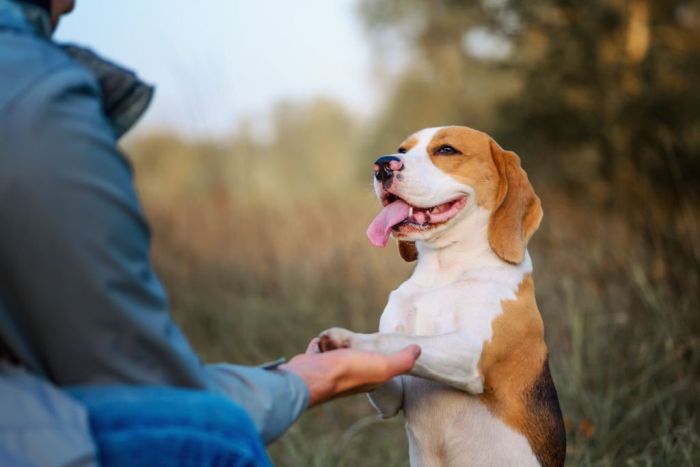You may have bought your dog because you wanted a companion that won’t argue with you. Dogs are great animals. That’s why they are called man’s best friends. Having a dog around will surely give you a good time, whether you want a dog to compete in sports and beauty contests or just want someone to cuddle at night. There are many things you can do together with your buddy (Just remember, it’s always a good idea to get pet insurance for him. It’s better to be safe than sorry!).
Dog obedience and effective human-canine relationships can only be achieved if you learn how to communicate with your dog. Thus, it should be a priority when you train your dog. A dong who is a good listener can become a good companion, protector, and playmate, so you must teach your dog how to listen.
Dogs that haven’t had obedience training are more likely to misbehave if they haven’t been taught to listen and follow orders. This is because dogs, when unsure, sometimes feel threatened when they see unfamiliar people around. Body movements and sometimes gaze can trigger how a dog reacts. Before it’s too late, learn to train your dog properly by communicating with them teach them simple and short commands that they can follow.
Decoding Your Dogs Communication

So how do you know that your dog understands what you are saying? This might seem hard to explain, but understanding your dog’s body language and behavior can tell you whether your dog listens to you or not. Dogs sometimes get stressed about activities they don’t want to get involved in. For example, you have a dog and participated in a canine class. At first, your dog seems to like it, but suddenly, he shows a sign that he doesn’t want to be there anymore. Barking constantly and disobeying your orders tells you that you must pull out your dog immediately. Instead of forcing your dog to do activities, why not look for other fun activities that your dog would love.
Consent Testing
Is it possible to tell if your dog genuinely enjoys the activities you’re asking her to engage in? Instead of waiting for your dog to tell you or give you a sign, you should consider conducting consent testing. A great example of consent testing is letting someone pet your dog, If your dog shows a positive sign, you may skip this, but if he shows negative signs, you need to teach her how to become an obedient dog. Here’s how you can use consent testing via petting.
- Sit calmly and relax in a fenced-in area with your dog. Be patient; it will all work out in the end.
- Place your palm up on your lap with your open hand. It’s best if the dog comes to you, but you can call your dog if not. No using treats when you call her.
- When the dog comes closer, make eye contact. A scratch on the chest is usually the most effective first point of contact. Avoid petting the dog’s head.
- You can use the so-called 3-second rule for scratching her. if your dog is happy and relaxed, she may not need an attention vice versa
- Keep repeating the three-second rule multiple times. Keep an eye out for any indicators that your dog doesn’t want attention and wants you to stop caressing her, even though she initially welcomed more attention from you. (When people miss the “all done” indications, they’re more likely to get bitten.)
More tips on how to properly communicate with your dogs
Give Cue Words Once
Both you and your dog may find it difficult to master the art of dog training. During a training session, you may tend to repeat cue words, which is not ideal. When training a dog, it is recommended to use cue words once so that the dog responds instantly and immediately after the initial verbal command.
Use Marker Signals
Using a consistent marker signal provides positive and effective reinforcement. You can use these signals to communicate with your dog. For example, if they listen to your command, give them treats. If not, repeat the process until they get it. Marker signals may also be saying short words like yes or using a device that creates a sound. Your dog will familiarize your marker signal in a short time if you also give them treats.
Use Hand signals and Body Gestures
To improve your relationship with your dog, make frequent use of both verbal and nonverbal cues. Dogs can easily understand your body language and use it to communicate with them. This also can hone your dog’s skills how in interpreting things.
Use Short Release Word
Your dog needs to understand when their time is up, when they need to stop, or when they need to behave. Enforcing a quick release dog can help your dog behave and listen to you just by saying release word. Below are some examples of release words you may use
- Done
- Stop
- Release
- Break
Teach your Dog how to Behave
Giving your dog a time-out and interrupting them with a “No” or “Eh-Eh” will help you prevent negative behavior. You may prevent undesirable behaviors like counter surfing by teaching your dog good manners from an early age.
RELATED POST

